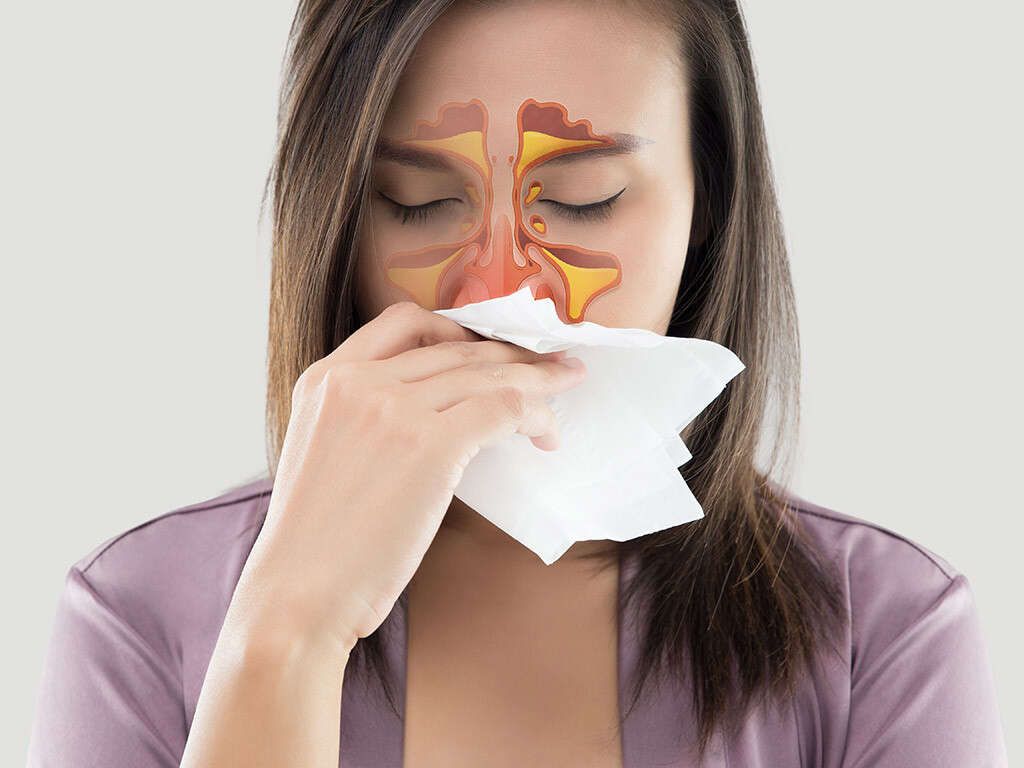
Post Nasal Drip 10 Post Nasal Drip Symptoms
The American College of Chest Physicians defines upper airway cough syndrome (UACS) as a syndrome characterized by chronic cough (i.e., present for ≥8 weeks) related to upper airway abnormalities. [1] . Central to the diagnosis is the presence of abnormal sensations arising from the throat (e.g., patients may describe something stuck in the.
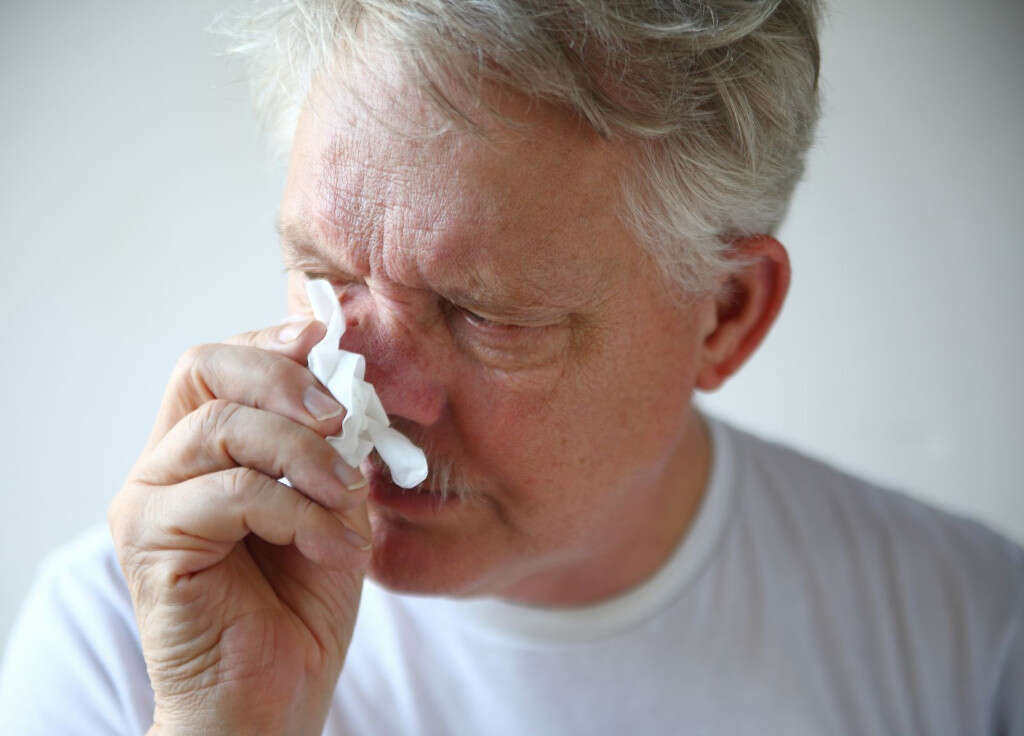
Post Nasal Drip 10 Post Nasal Drip Symptoms
The symptoms of empty nose syndrome include: difficulty breathing through the nose. a recurring sensation of drowning. breathlessness, or a need to gasp for air. nasal dryness and crusting.
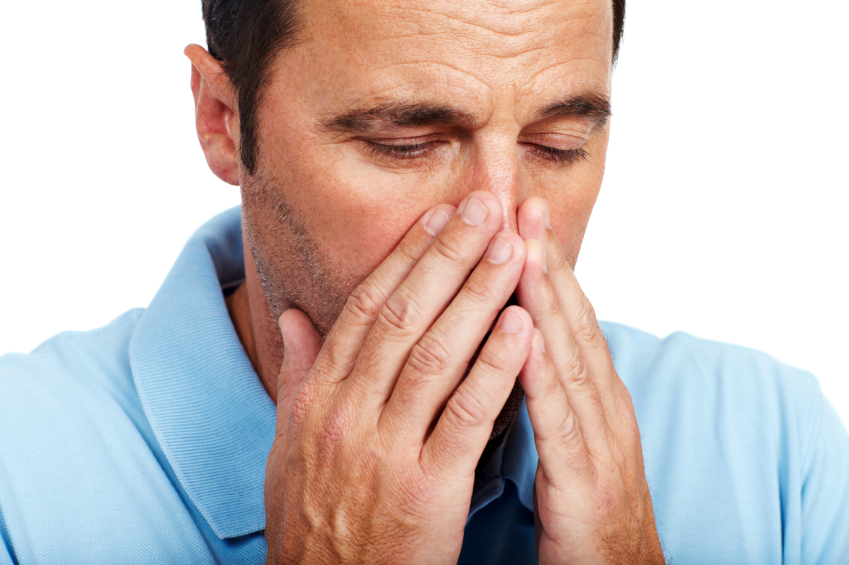
Postnasal Drip (Sore Throat) Causes, Symptoms & Treatments
Throat Clearing: Constant throat clearing is a common symptom of postnasal drip. Cough: A persistent cough that worsens at night is a hallmark symptom. Sore Throat: Irritation from the excess mucus can lead to a sore throat. Bad Breath: Mucus in the throat can contribute to bad breath. Nausea: Postnasal drip can lead to a sensation of mucus.
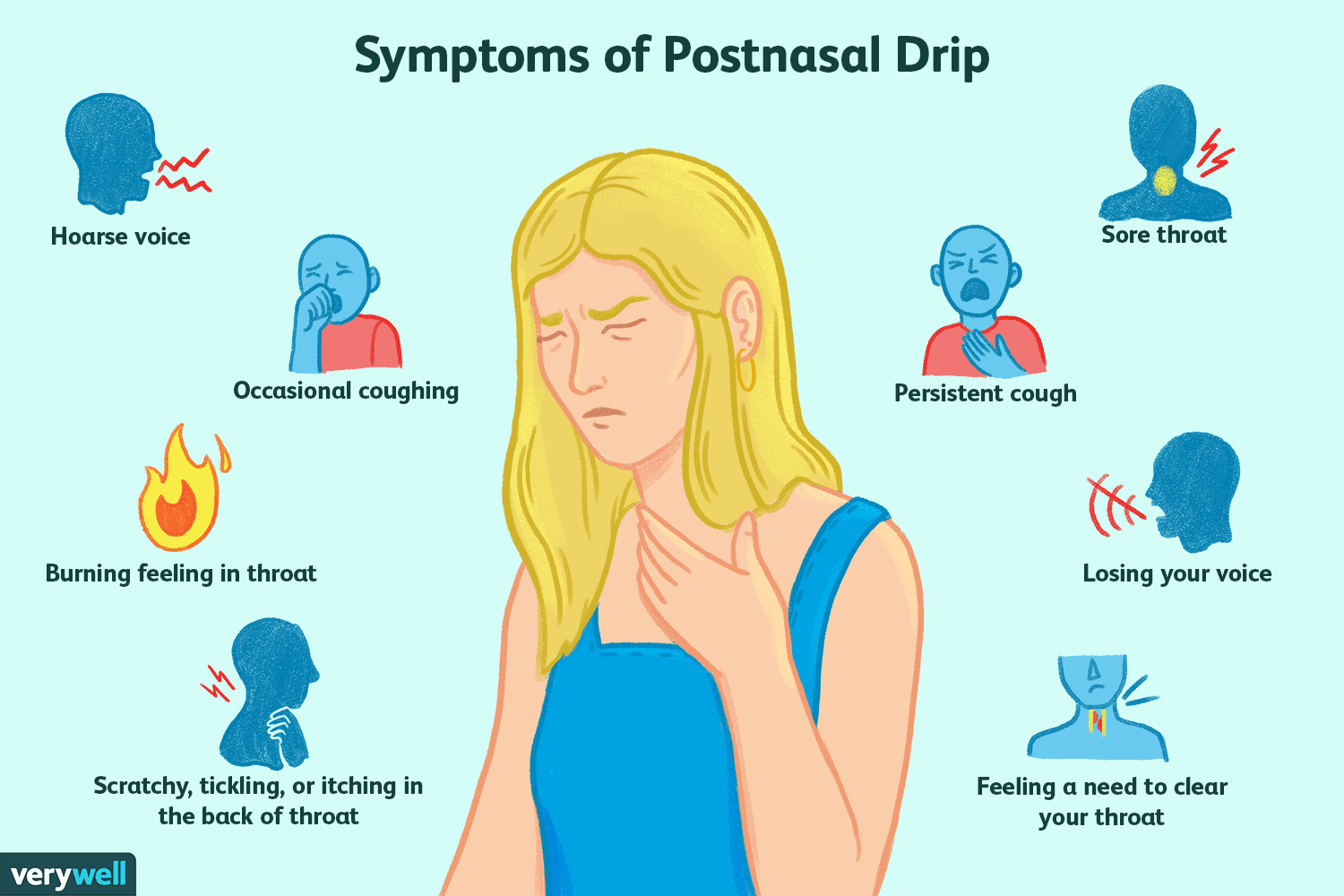
post nasal drip symptoms post nasal drip symptoms
Postnasal drip is when mucus drains from the nose or sinuses into the throat. It's a common cause of chronic cough. Symptoms of postnasal drip include nasal congestion and dripping mucus in your throat. Nasal steroid sprays, oral antihistamines, and pseudoephedrine are some of many ways to help treat postnasal drip. 01:50.

Discover Post Nasal Drip Relief American Sinus Institute American Sinus Institute
Postnasal drip is excess mucus that the nose and throat glands secrete. Home remedies, such as drinking fluids, or medications, such as decongestants, can help to relieve symptoms. The nose.
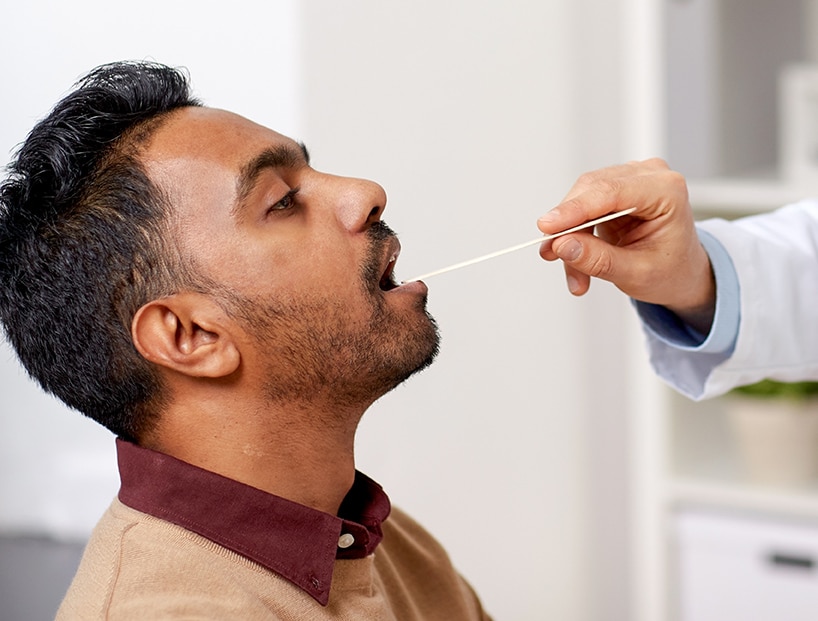
Signs and Symptoms of PostNasal drip
Caused by Infections. Caused by Medications. Post-nasal drip, also called upper airway cough syndrome (UACS), is a common disorder. It can be caused by colds, allergies, gastroesophageal reflux disease (GERD), and other conditions. It happens when the amount or quality of the mucus that's typically produced in the airways has changed and is now.

PostNasal Drip Symptoms, Causes & Treatment in Denver Advanced ENT & Allergy Center
Key facts. 'Post-nasal drip' is when mucus from your nose or sinuses drips down the back of your throat. Common causes of post-nasal drip are viral infections, sinus infections and hay fever. Treatment of post-nasal drip usually involves treating the cause. You can relieve your symptoms by drinking lots of fluids and avoiding irritants such.
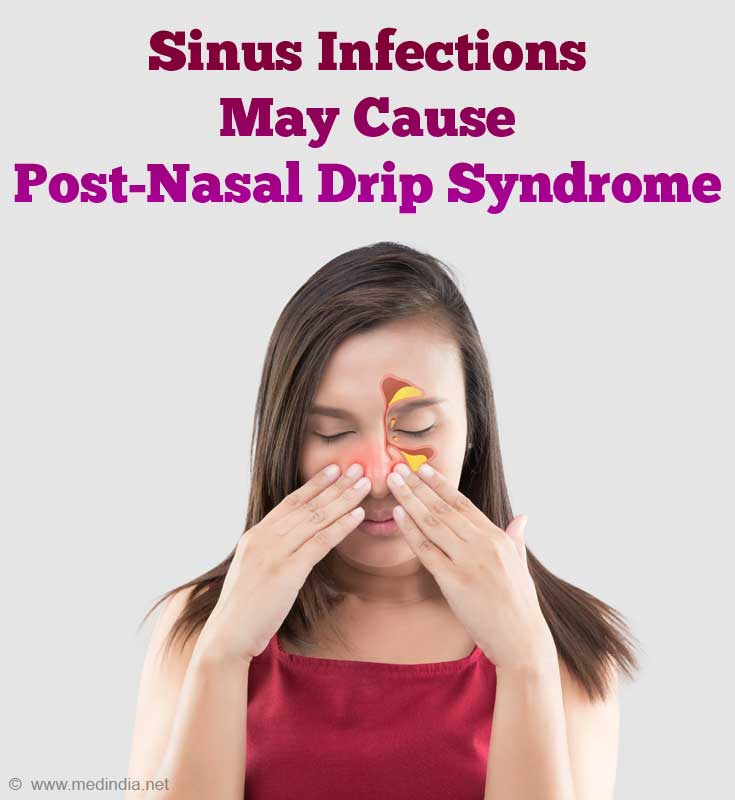
PostNasal Drip Causes, Symptoms and Remedies
Post-COVID Cough. Many patients are noticing persistent symptoms after being considered "recovered" from COVID 19 illness. They may have been released from self-isolation and are no longer considered acutely ill, but continue to struggle with bothersome symptoms. Cough is the second most common persistent symptom after COVID-19 infection.
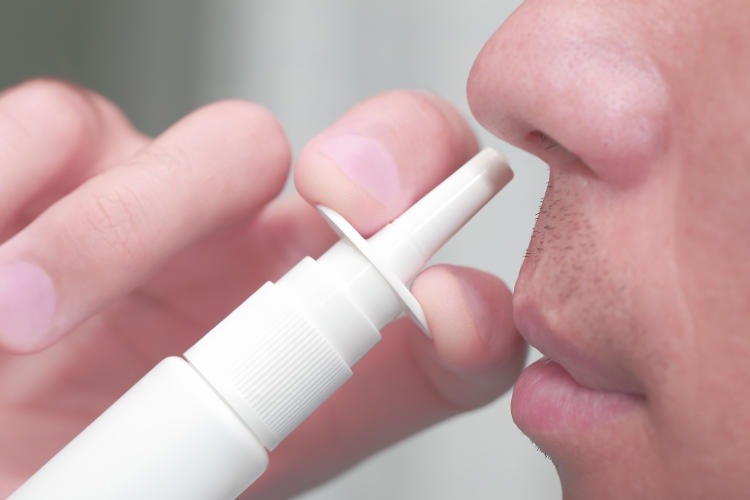
Postnasal drip symptoms, causes and treatment
In one often-cited study, classic chicken soup lowered white blood cells ( neutrophils) in the upper airways of people with colds, which seemed to help with symptoms. Experts say that any hot liquid (not just soup) can thin mucus and may help with postnasal drip. Home Remedies for Postnasal Drip.

Causes and Symptoms of Post Nasal Drip Westside Head & Neck
7 min read. Postnasal drip is the accumulation of mucus in the back of the throat, which can cause a feeling of congestion, a sore throat, or a cough. It is a common symptom of conditions such as.
:max_bytes(150000):strip_icc()/Health-postnasal-drip-7228969-horiz-V2-4f5e89807b354ee1859946b5ae9967b6.jpg)
Postnasal Drip Symptoms, Causes, Diagnosis, Treatment
Yes, the U.S. is in the middle of a COVID wave, multiple experts tell TODAY.com. A CDC chart of national and regional COVID trends in wastewater shows the national viral activity rate of 12.85.

Postnasal drip symptoms, causes and treatment
A chronic cough can occur with other signs and symptoms, which may include: A runny or stuffy nose. A feeling of liquid running down the back of your throat (postnasal drip) Frequent throat clearing and sore throat. Hoarseness. Wheezing and shortness of breath. Heartburn or a sour taste in your mouth. In rare cases, coughing up blood.

PostNasal Drip Causes, Symptoms and Remedies
Mucus is normally swallowed unconsciously, but when there is a feeling of the mucus gathering in the throat or dripping from the back of your nose, it is called post-nasal drip. Glands in your nose and throat continually produce mucus, normally one to two quarts per day. Mucus moistens and cleans the nasal lining, moistens air, traps and clears.

Postnasal Drip in Children Pediatric Pulmonologists
221 American Academy of Otolaryngologyead and Neck Surgery Foundation ast reviewed August 21. For more information, visit: www.ENThealth.org.
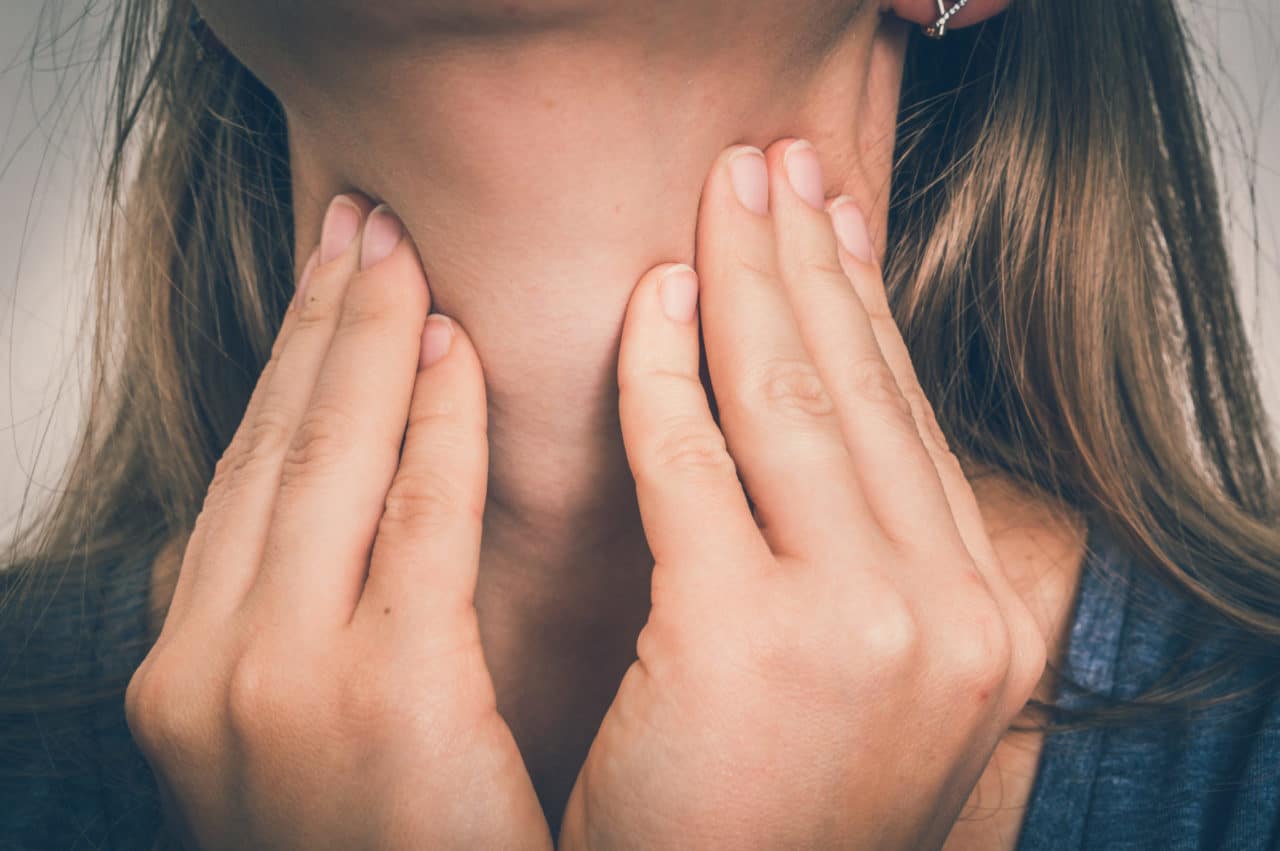
Postnasal Drip The ENT Center of New Braunfels
Post-nasal drip. Post-nasal drip ( PND ), also known as upper airway cough syndrome ( UACS ), occurs when excessive mucus is produced by the nasal mucosa. The excess mucus accumulates in the back of the nose, and eventually in the throat once it drips down the back of the throat. It can be caused by rhinitis, sinusitis, gastroesophageal reflux.

What Causes Post Nasal Drip? Symptoms and Treatment
The condition triggers a set of reactions that cause irritation and discomfort. Common symptoms of postnasal drip include: A feeling of mucus dripping down the back of your throat. Frequent swallowing. Throat clearing. Garbled or hoarse speech. Dry, sore throat. The sensation of a lump in the back of your throat.